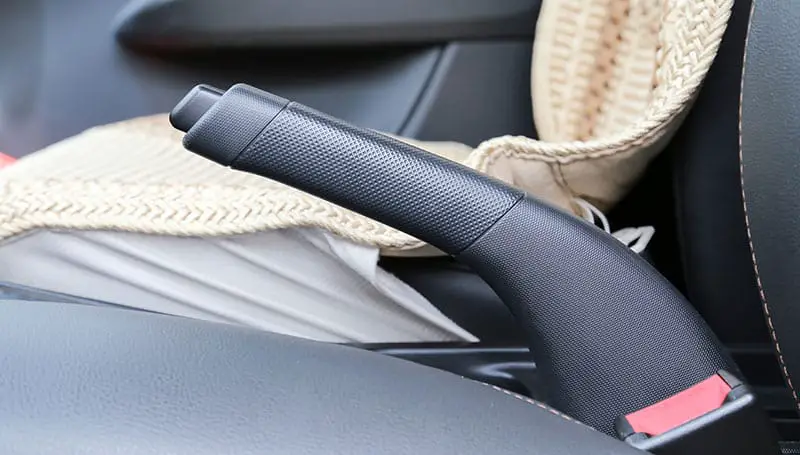No vehicle comes without emergency brakes, which are also called parking brakes. They are called parking brakes for a reason. They serve the purpose of keeping the car stationery when parked. Some people assume that these brakes are only to be used in cars with manual transmissions or when parking on a hill. This is a misconception. These brakes are to be used anywhere, anytime. Use them whether driving a car with automatic or manual transmissions; Use them whether driving on a flat or hilly terrain.
When To Engage Parking Brakes While Driving
Some auto experts advise that if regular brakes fail, parking brakes can be applied to slow down the car. However, they must be applied slowly, cautiously and with little pressure to avoid locking down the wheels. What you need hear is patience because they don’t slow the car as fast as the regular brakes. If your car has a hand brake, engage its release button in order to regulate the brake pressure being applied. For cars whose foot brakes come with push-to-release systems, press the foot brake slowly. Should the wheels lock up, release the foot brake immediately.
Effects Of Driving With Parking Brake On
Nobody should lie to you that driving with parking brake on has no effect(s) on your car. It does not sound good and is not good for your car at all. It does wear out brake pads, something that may incur financial expenses to fix. However, the extend of damage depends on the type of brakes the car has. For cars with 4 wheel disc brakes, the parking brakes are found in the two rear wheels. They are small drum type brakes. Other cars have dedicated rear drum brakes, which could experience extensive damage. The brake shoes get worn out, with the brake discs or rotors over heating and warping.
Usually, most people forget to disengage the parking brakes before driving. It is therefore very important to set the parking brakes while parking and to remember to disengage them before resuming driving. In fact, this should be a habit so that you hardly forget to do whichever part.
However, if per adventure you forget to disengage the parking brakes and drive while they are on, you should be able to notice the extra drag on your car. Use of the e-brake with automatic transmissions is not necessary. No wonder most people driving cars with automatic transmissions rarely use it. You should also be able to notice that something is wrong immediately you engage gears while the parking brakes are on. If you are not used to the dashboard, you may miss the brake light that indicates the parking brakes are on.
Parking brakes engage rear wheels only, not the front wheels. Meanwhile, it is the front brakes that apply most of the stopping power. As such, driving your car with emergency brakes on produces a pulsating feeling or a strange noise. When you notice this, take action and disengage the brakes immediately.
In Summary
Driving your car with emergency brakes on has multiple effects. First, the brakes offer resistance, preventing the car from picking up speed. Secondly, apart from wearing out of the discs and brake drums due to excessive heating, the tires too get worn out. Thirdly, components of the drive line such as the drive gears, the axle shaft and the prob shaft experience excessive strain than necessary. Lastly, driving your car with the emergency brakes on leads to excessive consumption of fuel. This is necessary in order to overcome the resistance caused by the brakes.

